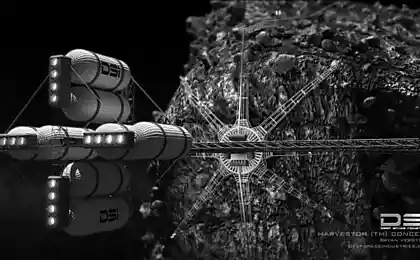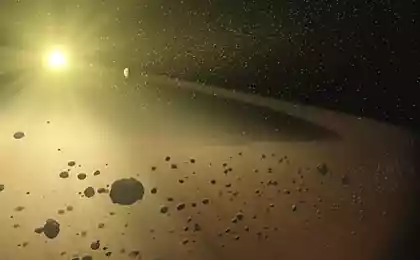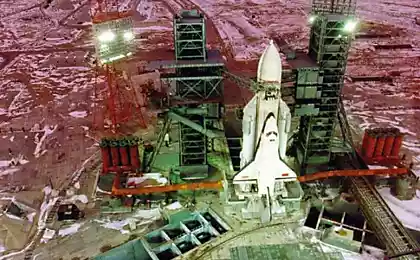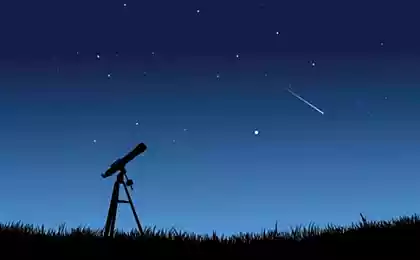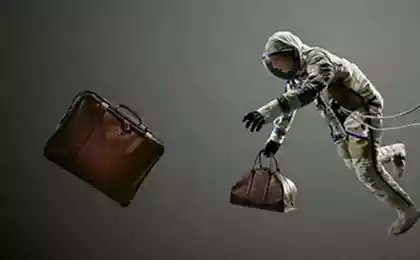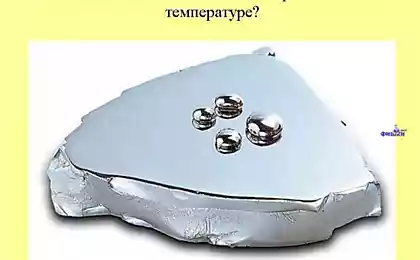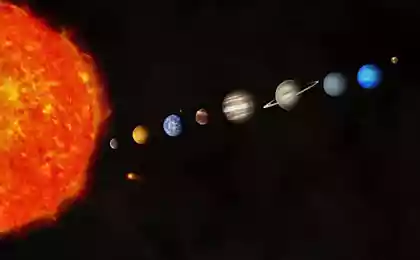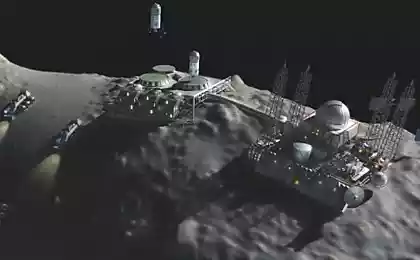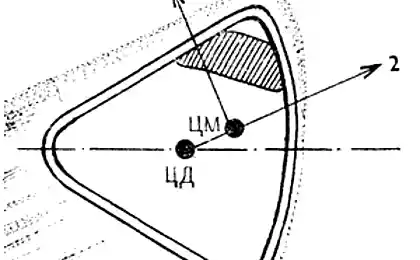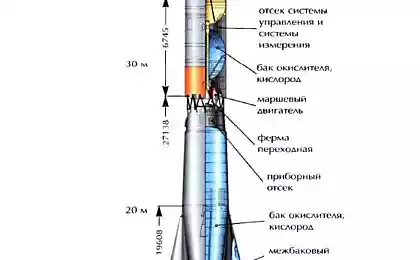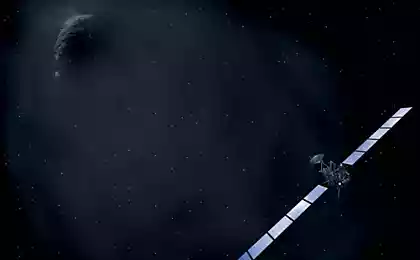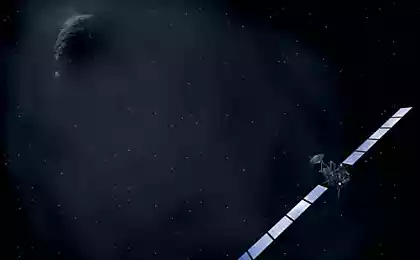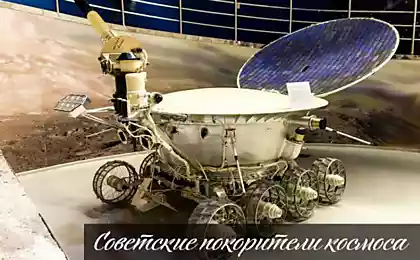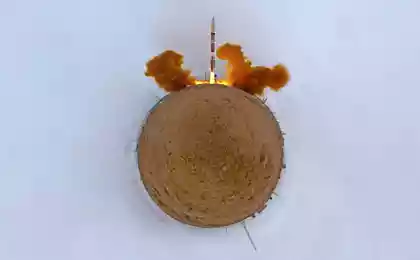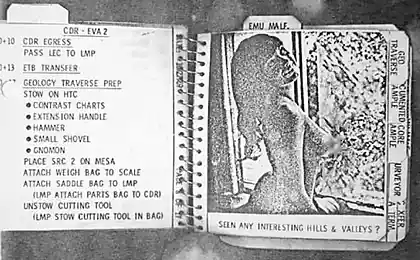721
Catching small asteroids
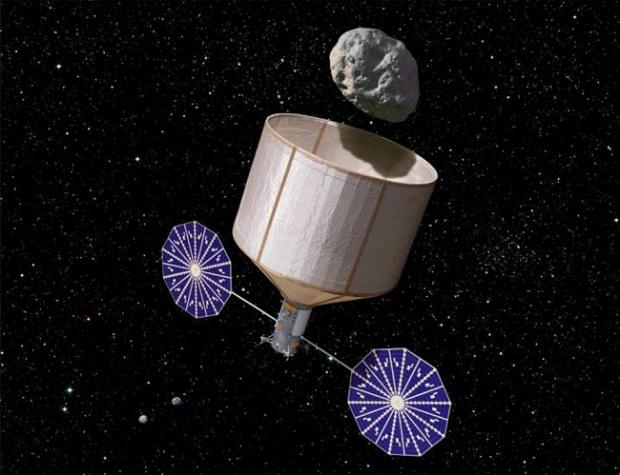
fall of the meteorite in Chelyabinsk ... will cost US taxpayers at least $ 100 million. That is the amount requested from the Senate space agency NASA on a project to capture asteroids and towing them into lunar orbit. Chelyabinsk events so roiled the US public that the money for the project is already budgeted for next god.
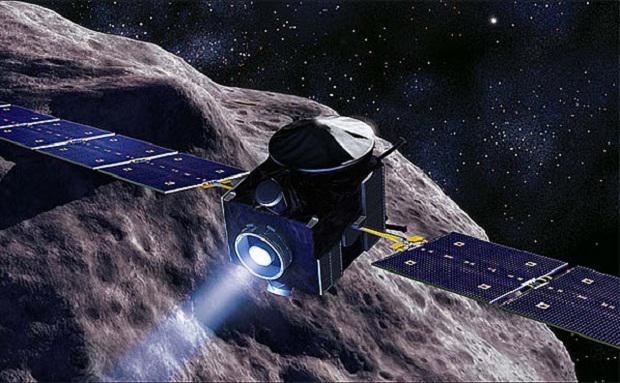
The project to capture dangerous asteroids are fairly simple. Special robotic spacecraft "being captured" an asteroid weighing up to 500 tons and a diameter of up to 8 meters - and haul it to a stable lunar orbit. After that it will be able to work with astronauts - to drill and explore a celestial body. The scheme, for which NASA scientists plan to capture small asteroids captured is shown in the figure. However, in itself begs the question - what to do, if the diameter of a celestial body is more than 8 meters?
Source: scienceblog.ru/2013/04/10/nasa-planiruet-zanyatsya-lovlejj-nebolshikh-asteroidov/
